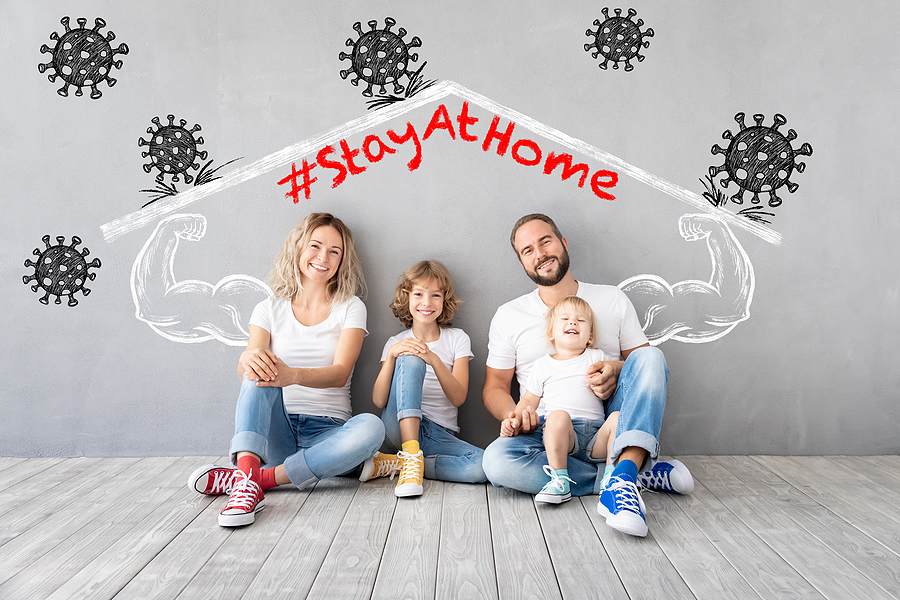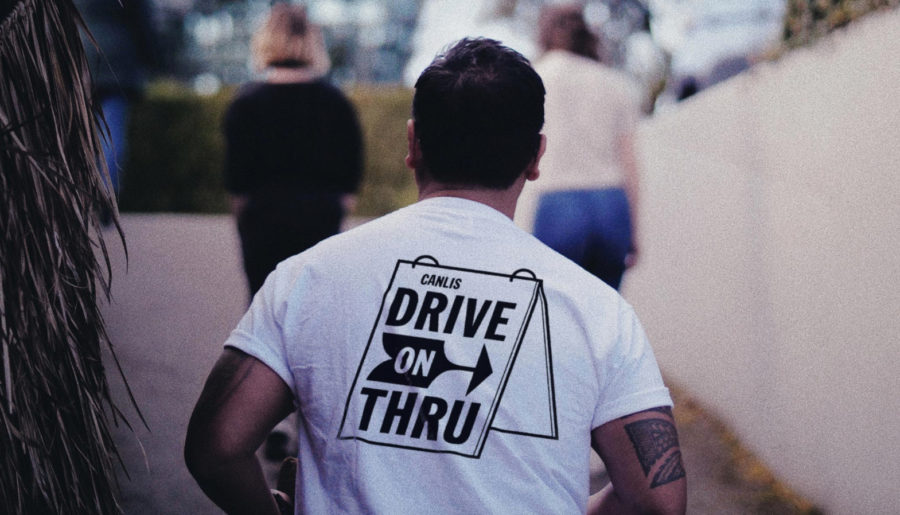
Brand Strength in Fewer Numbers
January 23rd, 2024 Posted by Emergent brand advocacy, brand messaging, Brand preference, Consumer insight, Emotional relevance, Social community, Social media, storytelling 0 comments on “Brand Strength in Fewer Numbers”Narrowcasting to fans, followers and advocates…
If you look under the hood of a strong brand with a demonstrated higher purpose, belief system and investment in social community building, you will find a percolating audience of consumer ambassadors and believers. A symbiotic relationship exists here as the brand invests in them and they reciprocate with support as frequent users and evangelists often via word-of-mouth. All of this, mind you, can be strategic and intentional, even when the manifestations appear to be organic.
An outcome of the digital age, we find greater efficacy in narrower channels of media that cater to special interests and topics resonating to the hearts and minds of the brand’s most devoted followers. In many cases this also attests to the 80/20 rule: 80 percent of profits come from 20 percent of a brand’s most ardent followers and users. This happens repeatedly.
- So we pose the question: how does this play out in earned media strategy? It’s a fair question because earned media outreach is often devoted to a long-standing tool of the mass media era, the venerable press release, its distribution usually a shotgun affair that goes in every direction.
Narrowcast vs. broadcast
Name the category where strong brands exist and you’ll find media resonant to core lifestyle interests and passions of a brand’s most frequent users. It is here where the truly gifted earned media artists devote time and energy to building relationships with editors and contributors – those who populate these influential media channels with engaging content.
Earned media isn’t transactional, at least not most of the time. The path to outcomes in this setting are negotiated through interaction and conversation between people. The communications experts from the brand side are packaging and presenting relevant story background ideas/material to discuss with reporters whose areas of focus closely matches the topics of interest for a brand’s best users.
The entire proposition is driven by mutual respect, credibility, service to the reader, editorial sensibility and well-researched supporting material, reports and sources who form the alchemy of any solid feature story treatment. The paradigm is fueled through mutual interest and effort over time to build a solid, reliable relationship between source and scribe. It’s definitely not “spray and pray” as press releases can be referred to in wire service distribution terms.
- Our point: there’s more to be gained in narrowcasting earned media strategies to specific channels where special interests are served, and this is territory where media relationships are nurtured over time. Reporters tend to go back to reliable sources.
The ladder: vertical to national
Ask any brand executive and you’ll get feedback that national bluechip media coverage is always a desirable outcome from elite media brands like the New York Times, Bloomberg, Washington Post, Wall Street Journal or network TV news. Vertical media often get the short sheet in this conversation, but they shouldn’t. Category trade media plays a vital, vibrant role not only between a brand and its key stakeholder audiences of distributors and retailers, it’s also a proving ground for larger story ideas.
Trade coverage that touches on a core editorial idea relevant to larger national media is an immediate credibility booster to the story efficacy and dimensions in a non-competitive setting. This comprises a circular editorial eco-system where coverage in trades is useful in conversations with national media. While national coverage tends to drive incremental stories in vertical channels. Both are good, solid, strategic components of a strong earned media plan.
- Both indeed are driven by relationships, creativity and solid performances by brand PR experts who know their results depend on fulfilling the promises in a good working relationship with key editors, reporters and producers.
If this stimulates some questions about optimal editorial media strategies or similar situations you wrestle with, use the link below to open an informal dialogue.
Looking for more food for thought? Subscribe to the Emerging Trends Report.
Bob Wheatley is the CEO of Chicago-based Emergent, The Healthy Living Agency. Traditional brand marketing often sidesteps more human qualities that can help consumers form an emotional bond. Yet brands yearn for authentic engagement, trust and a lasting relationship with their customers. Emergent helps brands erase ineffective self-promotion and replace it with clarity, honesty and deeper meaning in their customer relationships and communication. For more information, contact [email protected] and follow on Twitter @BobWheatley.




